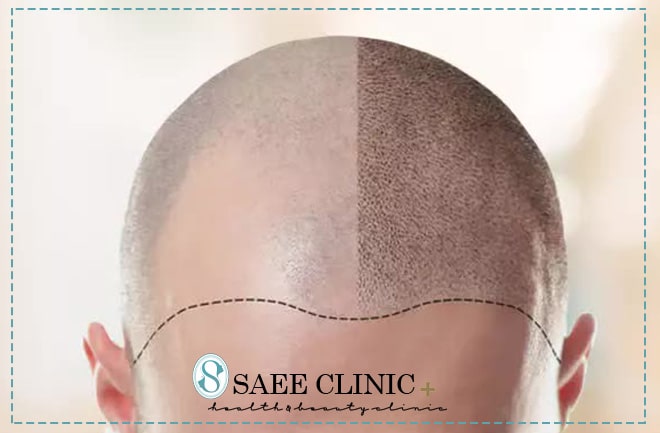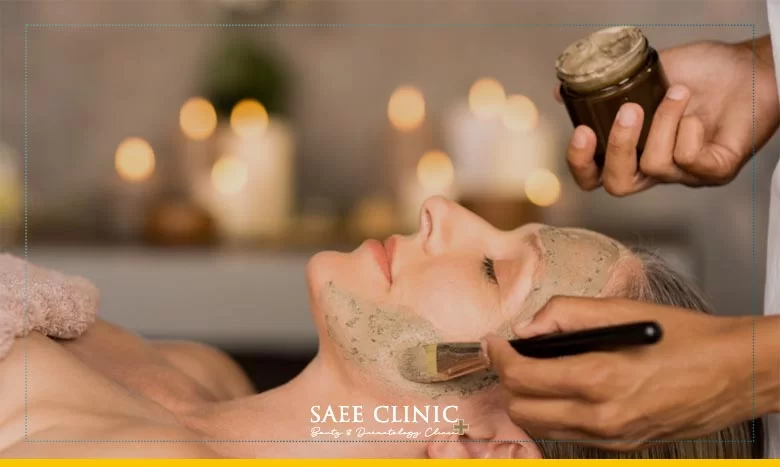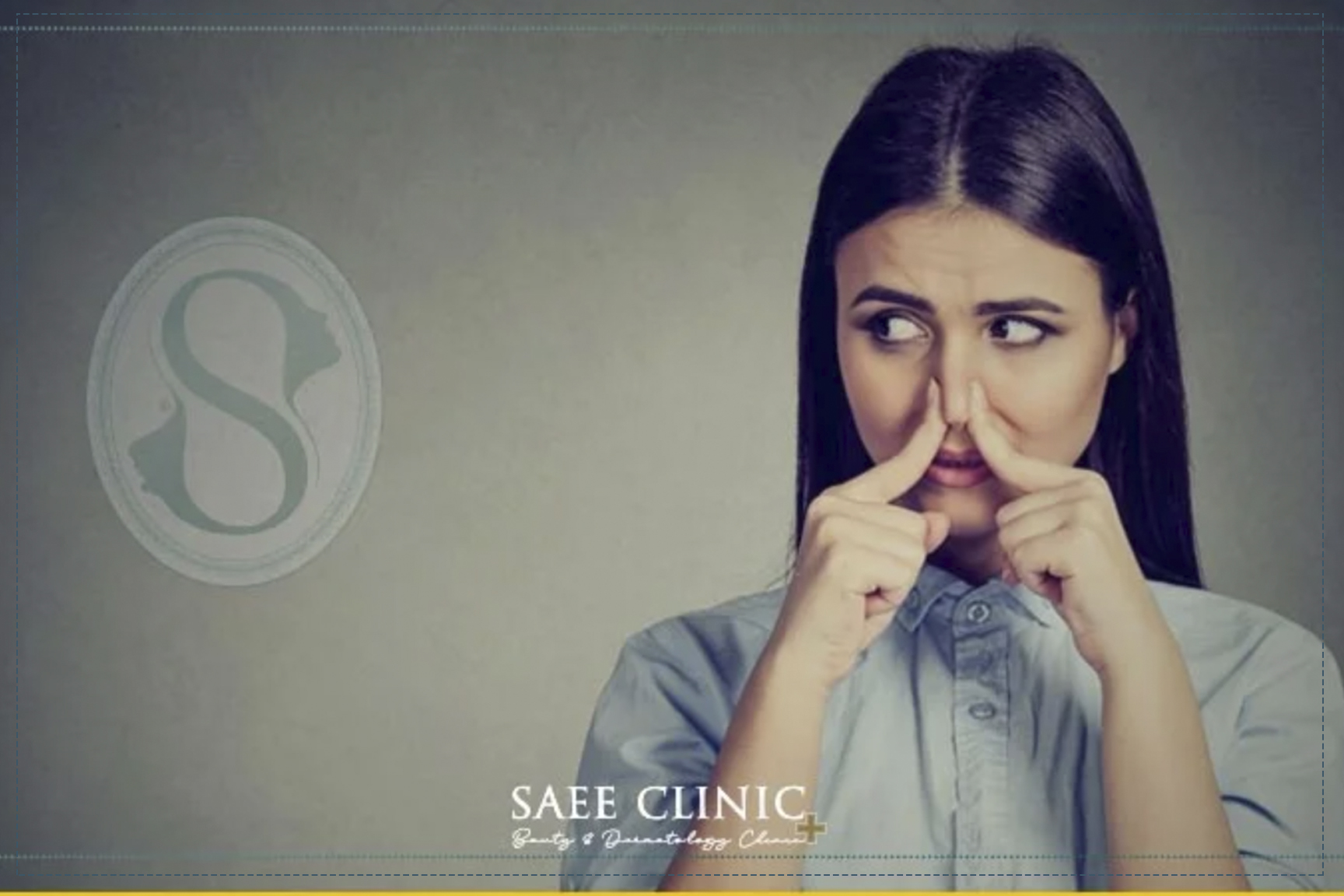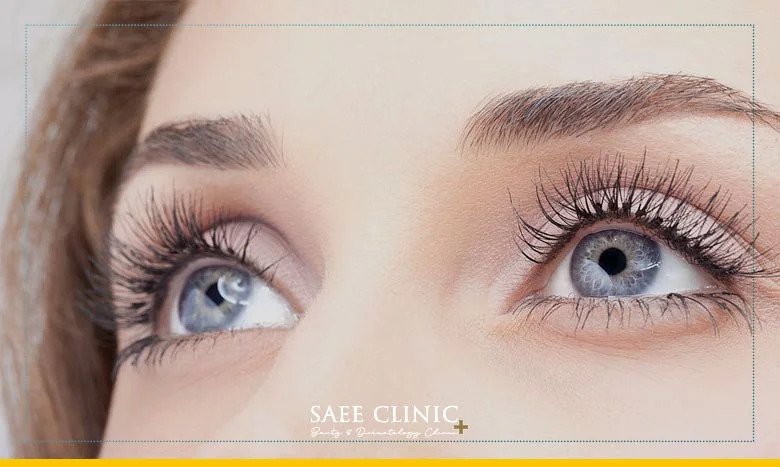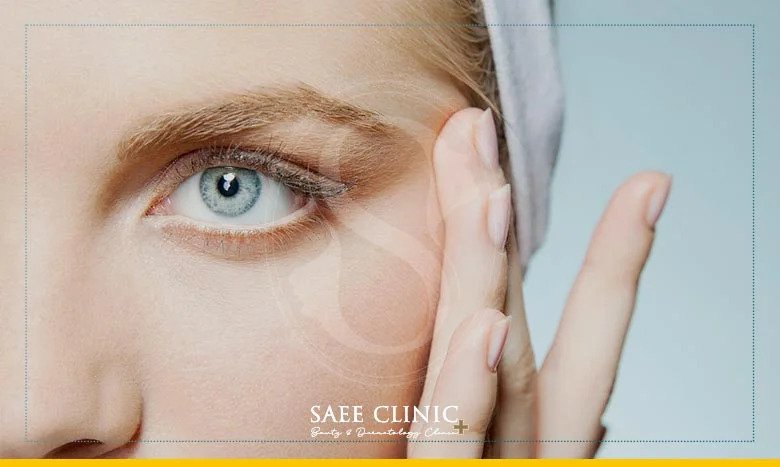When you decide to have a hair transplant, you should know that you need a little patience and care to eliminate the complications of hair transplantation and prevent further complications. Before hair transplantation, a specialist doctor will inform you of the next side effects during the pre-hair transplant consultation session and will provide you with the necessary information.
After a month of hair transplantation, hair will start to fall out. But it is normal, the hair starts to grow back and the redness that is left will disappear. Of course, this period may last for about 6 months in some people. Inform your doctor if the shedding period is longer. You may also feel numbness in your scalp for 6 months, which is completely normal.
After implantation, you may experience some pain, burning, redness, inflammation, and other similar conditions that need to be treated with care. Therefore, we want to give you a brief description of some important tips after hair transplantation so that no ambiguity remains in your mind.
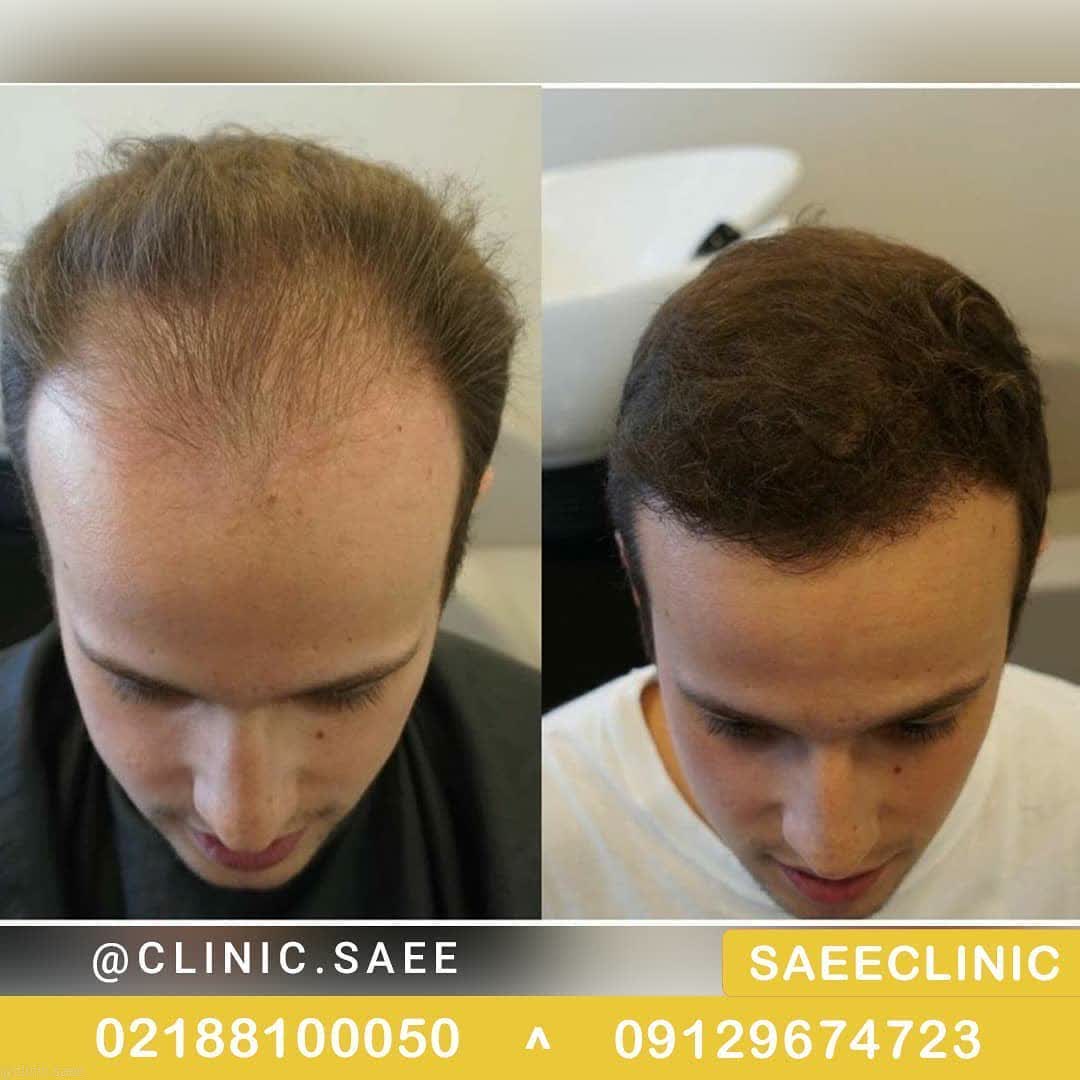
Treatment of swelling after hair transplantation
You may have swelling on your forehead the first night after a hair transplant. Use ice packs to solve the problem. People with sinusitis should avoid to use ice packs.
Prepare an ice pack and expose your forehead to an ice pack every 20 minutes for an hour to reduce swelling. Ice water compress bags are available in pharmacies or stores, but you can also make them at home.
Pour some crushed ice or a piece of ice into the bag and cover it with a napkin and then place it on your forehead. Your face may get a little wet, but you should avoid wetting newly implanted hair and scars.
How to sleep after hair transplant
It is always recommended that you get enough sleep during the day to avoid physical and mental problems. To speed up the healing process, you need to get enough sleep and enough rest and take care of yourself. Before going to bed, put two pillows under your head to form a 45 degree angle.
In general, try to choose a fixed mode for yourself and do not move too much. Lie down so that when you get up, your head does not hit the cupboard or the top of the bed.
Changing the dressing of wound
Changing the dressing is very important and vital, Because it prevents further infections. If you are going to change the dressing yourself, first remove the serge fix or lace hat from your head, then gently remove the dressing from the hair removal area and pour some water on the hair transplant area dressing.
Wait for the water to seep into all parts of the dressing and wet it. This will help remove sterile gauze and allow you to change the dressing painlessly. After the bandages have soaked for about 15 minutes, gently remove them.
After opening the dressing, wash the mentioned parts with saline serum spray. Continue this for up to 2 days after planting and repeat every few hours. You do not need to do this before bed.
We recommend that you seek the help of Saee Clinic specialists to change your dressing in a completely hygienic and painless manner. This set changes the dressing in the safest possible way.
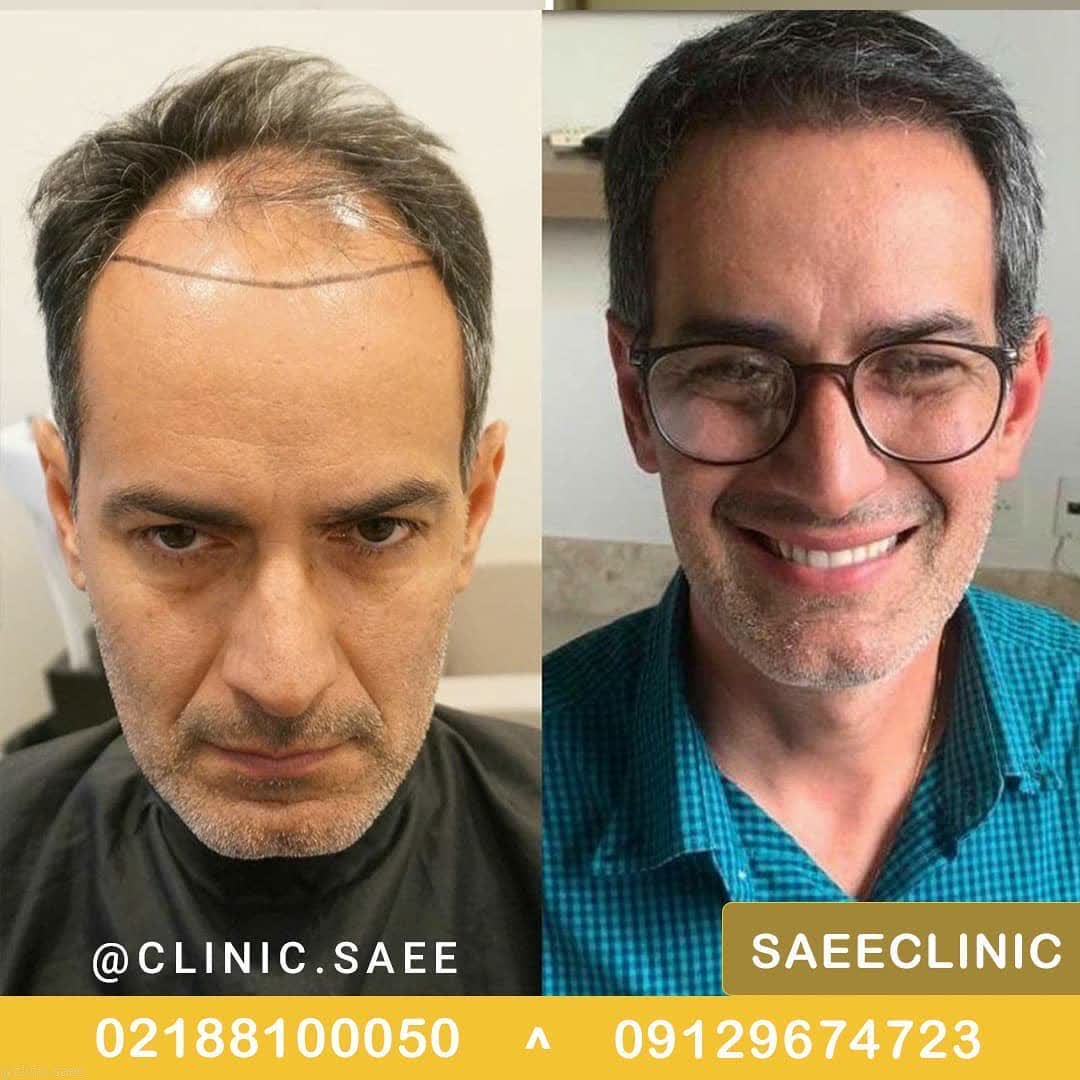
No smoking
Smoking, such as cigarettes and hookahs, as well as alcohol cause blood to clot and delay the healing process. Just as you should avoid these things before hair transplantation, do not smoke or hookah for a week after transplantation and do not drink alcohol for a week.
By using these harmful substances, you change the blood circulation and reduce the effect of drugs. You may even feel pain in the area where the hair is removed or implanted, as smoking and other nicotine supplements can counteract the effects of anesthetics.
Exercise after hair transplant
Undoubtedly, exercising and having physical activities are beneficial for the health of the body, but you should avoid to do heavy sports such as swimming, wrestling, mountaineering, and movements that put pressure on the head and face least one month to 45 days.
Of course, many doctors recommend that the hair transplant area should be dry and not sweaty. Therefore, always keep the implant site clean and dry according to your doctor’s instructions.
Haircuts and hair style
Many women and men dye their hair and make up in different forms. It is better to avoid straightening, curling and drying after hair transplantation and do not apply pressure or heat your head. After a month of implantation, you can comb the hair to one side only.
After two months, you can dye your hair. Use a doctor’s prescription shampoo for the first month. After that, when your hair is back to normal situation and the initial effects are gone, you can use your proper shampoo.
Using a hat
Many people are accustomed to wearing hats; Others prefer to put a cap on their implanted hair that is not visible until the wounds have healed, But is wearing a hat allowed or not?
After transplantation, the implanted hairs are very weak, thin and sensitive and should be taken care of according to the doctor’s instructions. Wearing a hat after a hair transplant may cause the follicles to become dislodged due to the pressure on the head and prevents new air from growing. Therefore, it is better to avoid wearing a hat for the first week and then use a hat that is loose and air is flowing in it.
If you use a hat during the planting season, wash it daily; Because the cap collects sweat particles and dust also causes an infection on your scalp.
Washing head after hair transplant
Use hair transplant special sponges to wash your head. Dip the sponge into the foam and tap on all parts of the head. Repeat it twice a day and be careful not to put pressure on your head.
Avoid head massage or rotational movements and do not rinse with a shower. Do this twice a day for two weeks until all the lumps are gone. From the third week, wash your head naturally. Gently slide your fingertips in the direction of the head so that the scabs disappear. Don’t do it with your nails. Remaining a lump or scratch on the head can cause an infection.
Washing properly after hair transplantation with special shampoos that are prescribed for hair transplantation, in addition to removing scabs, infections and oils on the skin, also help strengthen young follicles. These shampoos are free of acidic and alkaline substances and are used only for medical washing. The shampoo which you can use after hair transplant is the same as baby shampoo. If you have a problem with redness of the scalp, infection or lack of scabs, contact your doctor to change the shampoo and how to wash your scalp.
Nutrition after hair transplantation
Another step in hair care after a hair transplant is a healthy and practical diet. You need to take vitamins, protein, enough water and other healthy foods to speed up the healing process. Most doctors recommend that take plenty of vitamins with plenty of water after breakfast.
Also, using plenty of fluids, water, natural juices and fruits that have large amounts of vitamin C such as pineapple and orange are very useful in this period. A good diet always leads to a healthy body.
Having a healthy diet not only promotes the health of body and soul, but also prevents other diseases and problems. If you care about your health, always maintain your health by consuming the following foods.
Useful food after hair transplant
In general, eating the following foods speeds up the healing process:
Consumption of protein, iron, zinc, magnesium, calcium, vitamin B6;
- Vegetables such as spinach, broccoli, tomatoes and potatoes;
- Fatty and oily fish meat;
- Cereals and nuts;
By consuming dairy products such as milk and yogurt, you get the necessary calcium to the hair follicles and make them firm in the scalp. It is also helpful to eat liquid foods such as soups and stews made from healthy, non-fried vegetables, legumes and foods.
High-fat fish also have a high effect on hair improvement and growth due to their high omega-3 content, and it helps to strengthen new and young follicles.
Many people are accustomed to consuming drinks or other caffeinated beverages after eating. Caffeine in beverages such as Soda and coffee slows down the healing process and causes hair loss. Read full information about consuming caffeinated beverages in the article Coffee consumption after hair transplantation.
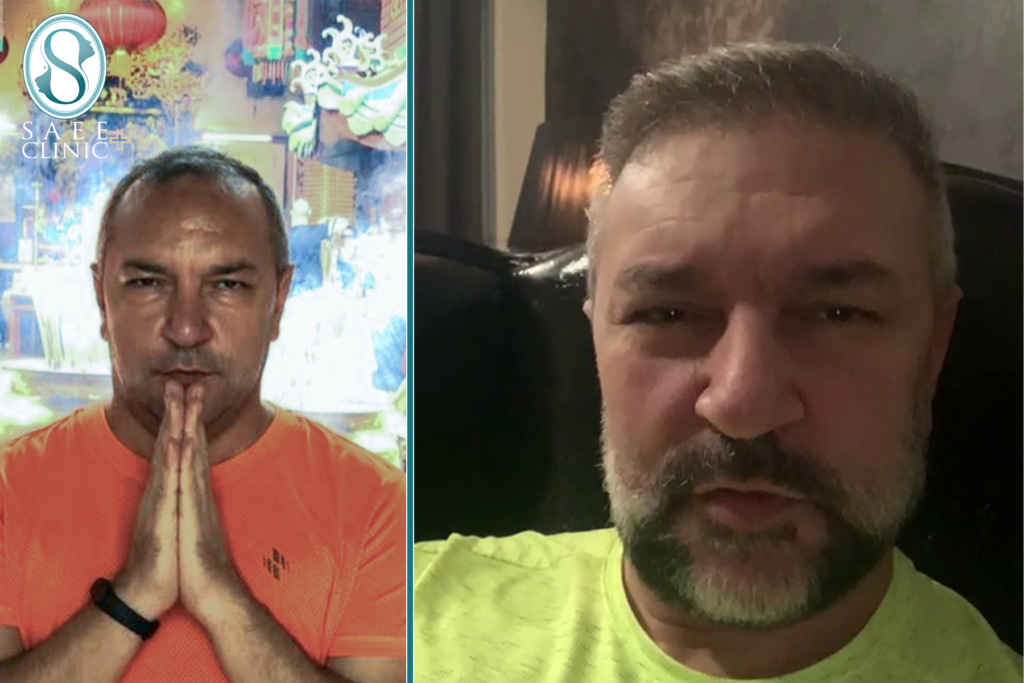
Harmful food after hair transplant
Among the useful foods, there are substances that, in addition to harming your body and health, disrupt the healing process after hair transplantation and even cause infection and hair loss. Consumption of these foods should be stopped before planting and after. Of course, this food cracking is a bit difficult and requires a lot of motivation, which is undoubtedly a good motivation to have beautiful hair.
Foods such as fast foods cause serious damage to hair follicles and cause a number of problems for humans. Sweets and sugars weaken the immune system and prevent hair growth by preventing the absorption of proteins. In general, we describe the harmful foods for hair transplantation below. Using the following nutrients will slow down the healing process and may even cause serious damage to the hair follicles. Some of these materials are as follows:
- Fast food, fried and ready meals;
- Ordinary and diet drinks;
- Sweets and sugars including chocolate
- Starch
- Fast food
- Alcoholic drinks
Fast food, due to its high content of preservatives and salt, causes serious damage to the hair and causes you problems. To have healthy hair before and after implantation, avoid eating unhealthy and greasy foods and think about your health.
Medications after hair transplantation
After implantation, you should take medications to prevent infection after hair transplantation, possible bleeding, swelling and inflammation, as well as strengthening the implanted hair. If you want to have a successful transplant , in addition to the above, it is necessary to take the medication prescribed by your doctor.
Most doctors recommend that you use zinc tablets regularly and daily after implantation. This pill contains vitamins and elements necessary to strengthen the hair and is very useful for you. Some other experts also recommend taking cephalexin every 6 hours. The following medications are also recommended for post-implant care:
- Analgesics and painkillers
- Antibiotics
- Anti-inflammatory drugs
- Sedative drugs
The use of tonics is also one of the essentials for the care of implanted hair. Therefore, we intend to describe the list of necessary drugs after hair transplantation below.
- Pain killer tablets
After any surgery and cosmetic surgery, it is normal to have pain in the injured area. Therefore, the doctor tries to soothe the pain by prescribing painkillers. Acetaminophen codeine is one of the useful drugs for this. It is also worth mentioning that the use of Gelofen, Aspirin and Ibuprofen dilutes the blood and causes more bleeding. So do not use these painkillers.
In general, avoid taking medication arbitrarily and only take medications prescribed by your doctor. If prescription drugs do not reduce pain, contact Saee Clinic and get the necessary guidance from the specialists in this collection.
- Antibiotics
There is a possibility that the surgical site, hair transplant and hair removal will become infected, and it is completely normal and not a cause for concern. To reduce the infection caused by surgery, the specialist prescribes antibiotics in the form of ointments or tablets. Some of them should be applied to the wound site and the pills should be taken according to the doctor’s instructions.
Ointments allow you to prevent itchy skin, inflammation and infections. If you steam your scalp, you will not only destroy the hair follicles, but also cause severe infections that may be irreversible by scratching the implant site.
- Anti-inflammatory drugs
Because the site of hair removal and implantation becomes scarred and inflamed, the doctor prescribes anti-inflammatory drugs to reduce the swelling caused by the surgery. Tell your doctor about your illnesses after prescribing the medicine. For example, hydrocortisone is very effective in treating inflammation, while it is harmful to diabetics.
Before implanting, inform your doctor about your illness or the medications you are taking, and provide the necessary information. This will allow the medicine to be prescribed according to your physical system.
Recommended by Saee Clinic
Finally, we suggest that you ensure your health by choosing a reputable medical center. Hair transplants allow you to achieve your dreams and no longer be isolated due to baldness and thinning of your hair. Use healthy foods and drink enough water. It helps to improve connective tissue and strengthens the follicles.
Use prescription drugs and apply all the points mentioned in the article. Saee Clinic with the benefit of skilled doctors and cosmetic surgeons in the field of hair transplantation, laser, beauty services and other similar items is be side you from the moment you visit the center until complete recovery.
Resources : saeeclinic.com



